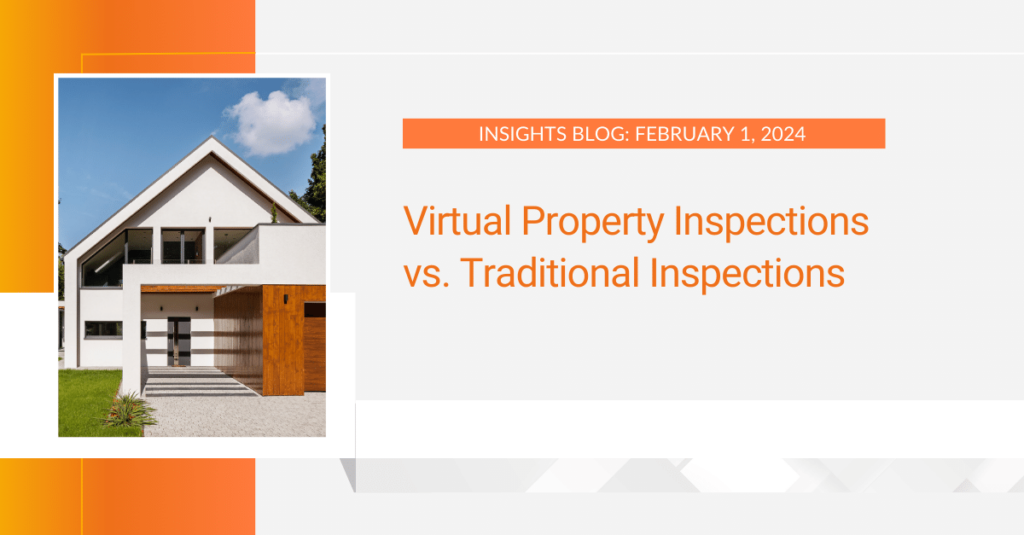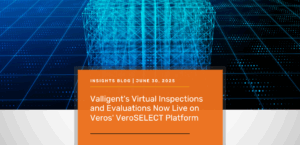In the world of real estate, property inspections are a crucial step in the lending process when buying or refinancing a home. Traditionally, these inspections involved in-person visits by appraisers, home inspectors, or property assessors. However, the emergence of virtual property inspections has transformed the way we assess homes, making the process more efficient and convenient. In this blog, we will compare the use of virtual property inspections in lending with traditional property inspections and highlight the pros and cons of each approach.
Traditional Property Inspections
PROS:
In-Depth Analysis: Traditional property inspections offer a comprehensive view of the property. Appraisers can physically examine the structure, assess its condition, and identify any defects or needed repairs.
Hands-On Experience: Buyers or lenders can get a feel for the property, touch surfaces, and test appliances during traditional inspections. This hands-on experience can be invaluable when making a purchasing decision.
Personal Interaction: Traditional inspections allow for direct communication between the appraiser or inspector and the homeowner or seller. This interaction can lead to a better understanding of the property’s history and any potential issues.
CONS:
Time-Consuming: Traditional property inspections can be time-consuming which can limit the number of inspections an appraiser can complete and may require scheduling/coordinating with multiple parties. This process can slow down the loan approval or real estate transaction.
Costly: In-person property inspections often come with associated travel and site visitation costs, i.e., a more expensive price tag.
Safety Concerns: Traditional property inspections may raise concerns regarding safety and health, especially in the context of a pandemic, as they involve physical presence at the property.
Virtual Property Inspections
PROS:
Convenience: Virtual property inspections offer unmatched convenience. They allow potential buyers, appraisers, and lenders to explore a property from their own locations, not the subject property. This convenience is especially beneficial for long-distance buyers and busy professionals.
Time and Cost Efficiency: Virtual property inspections save both time and money. They eliminate the need for travel and offer more flexibility, providing a more efficient property assessment process. Faster turn time can result in a positive impact to appraiser capacity, enabling appraisers to complete more of these types of reports in less time than traditional methods. Less money is spent on gas and car maintenance for the appraiser over time.
Health: In an age where safety and health are paramount, virtual property inspections reduce physical contact and minimize the risk of virus transmission. This is beneficial for all parties involved.
CONS:
Limited Physical Interaction: Virtual property inspections may not capture every aspect of a property. While they offer an excellent visual overview, they may lack the tactile and sensory experience of traditional inspections.
Potential Technical Challenges: Virtual property inspections depend on internet connectivity, camera/mobile device quality, and the ease of navigating virtual tours. Although rare, technical issues can sometimes hinder the process.
Reduced In-Person Communication: The lack of face-to-face interaction may result in a lack of direct communication with homeowners, potentially missing out on insights about the property’s history and unique characteristics.
In Conclusion
In the ever-evolving real estate landscape, virtual property inspections are gaining momentum for their convenience, time efficiency, and enhanced health safety. They offer an excellent solution for those who seek a more streamlined and remote property assessment process. However, traditional property inspections still hold their place, providing an in-depth, hands-on experience that some buyers and lenders may prefer.
The choice between virtual and traditional property inspections ultimately depends on individual preferences and circumstances. As technology continues to advance, we can expect that a hybrid approach, combining the best of both methods, will become more common. The future of real estate inspections may well involve a fusion of virtual and traditional techniques, providing an even more comprehensive and efficient property assessment process.
If you are interested in learning more about Valligent’s virtual inspection solutions, contact us here!




